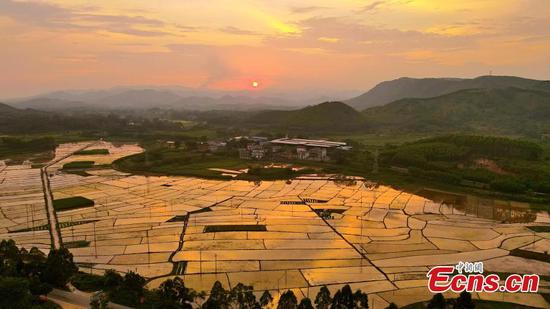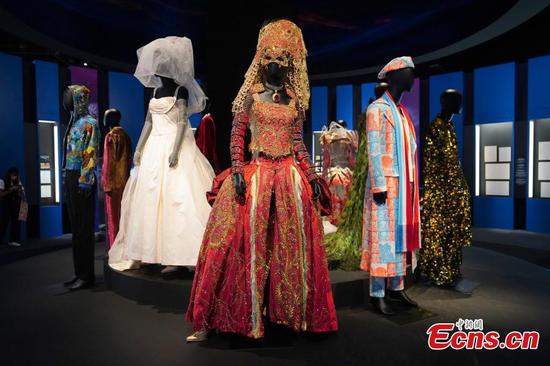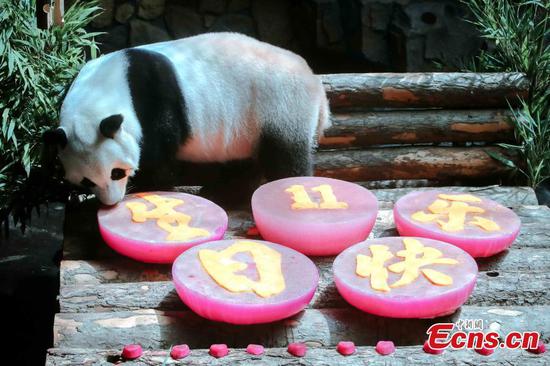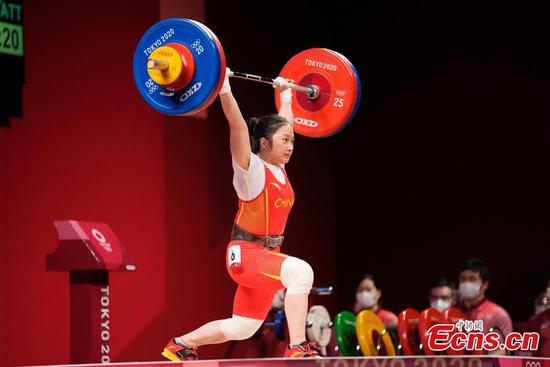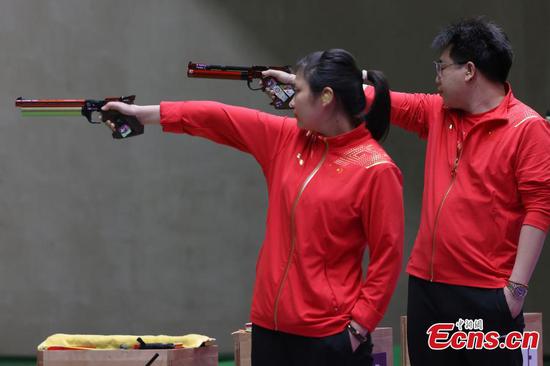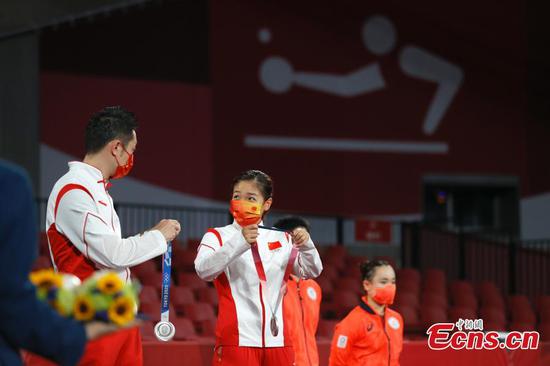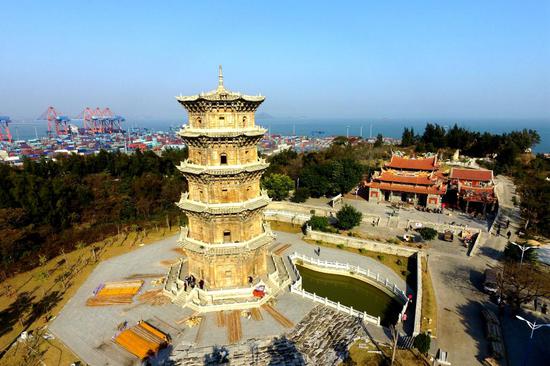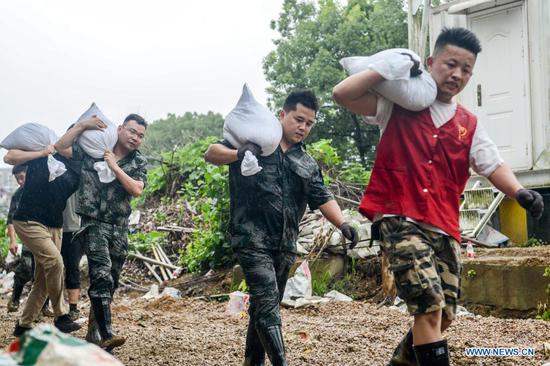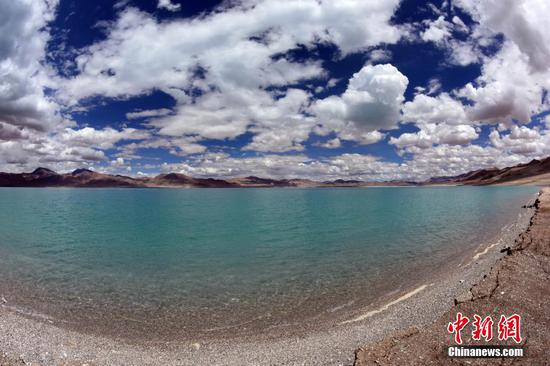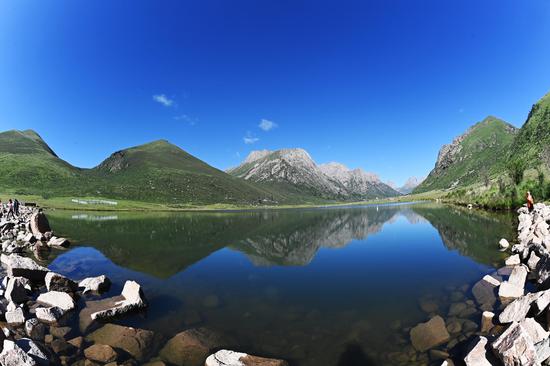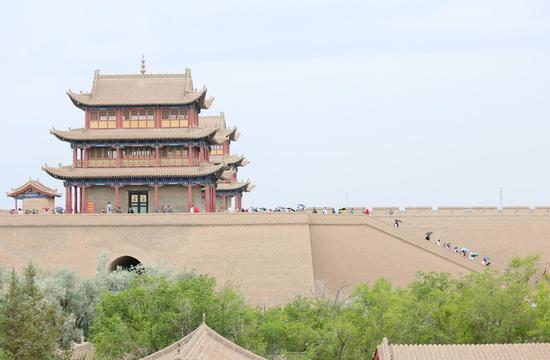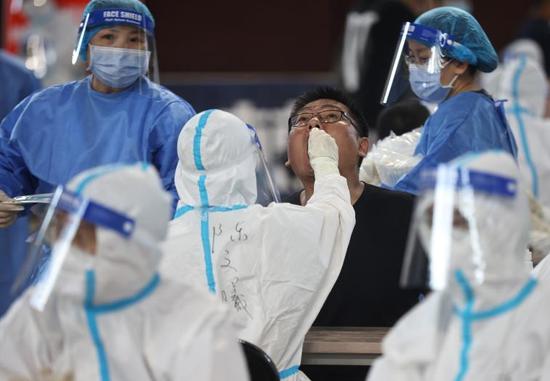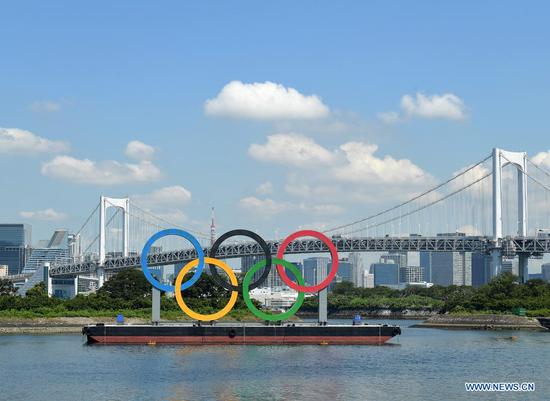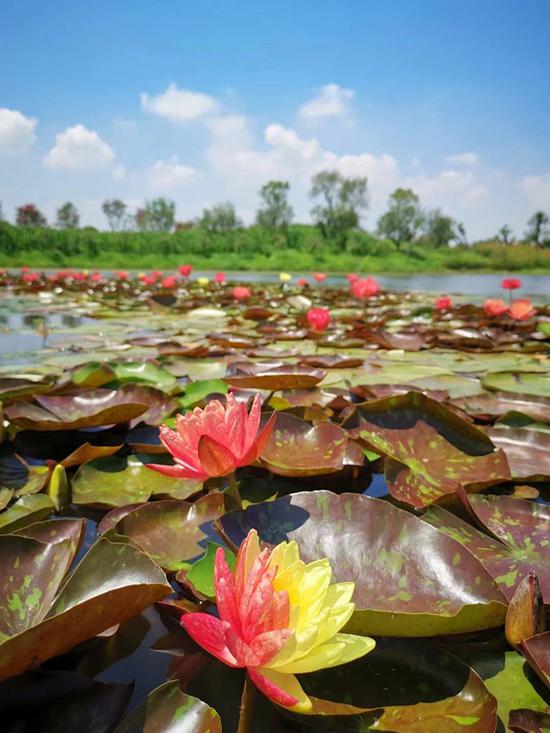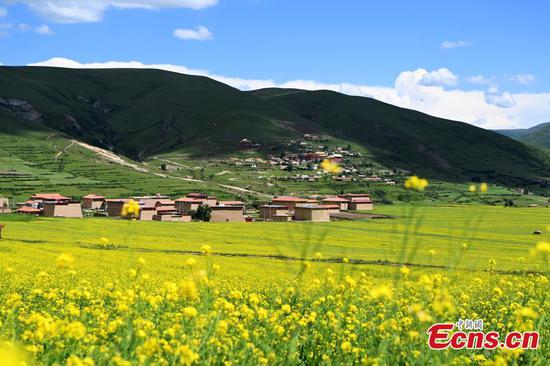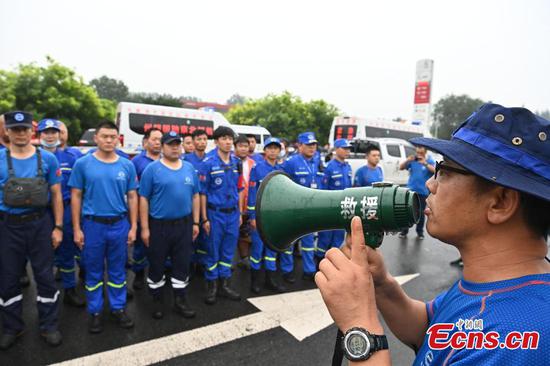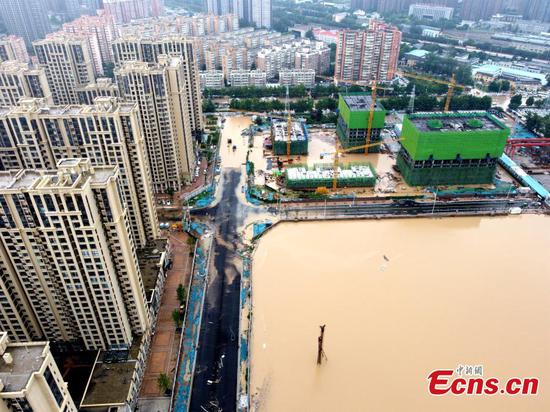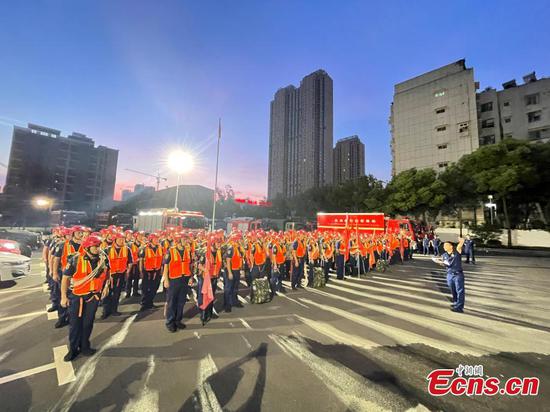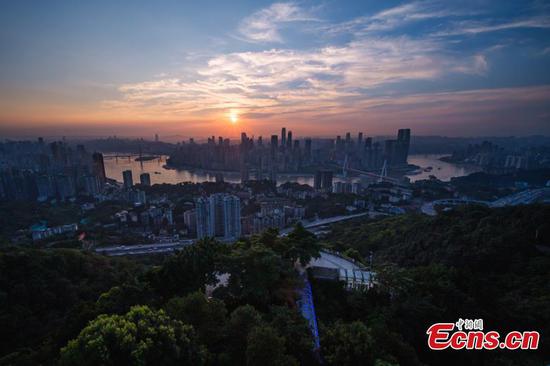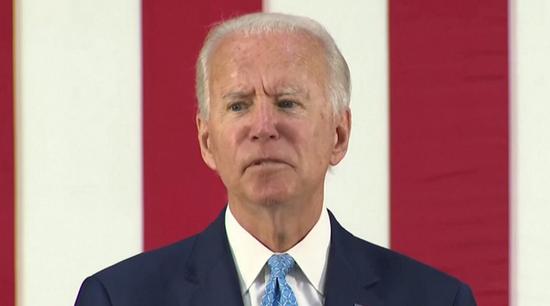
A worker paints the wall of the Potala Palace during an annual renovation of the ancient architectural complex in Lhasa, capital of southwest China's Tibet Autonomous Region, Oct. 28, 2020. (Xinhua/Purbu Zhaxi)
"We saw many people still retain their religious ideals, while at the same time, they don't want to be poor because of that," Blair said.
This sentiment was echoed by Rein, who found that the religious beliefs of Tibetan locals have proven no obstacle to bringing about economic prosperity. "I don't think there's a disconnection or conflict between the two."
In 2020, the per capita disposable income of people in Tibet was double the figure from 2010. The average per capita disposable income of rural residents enjoyed double-digit growth over the past 18 years, while that of urban residents in 2020 reached 41,156 yuan, a year-on-year increase of 10 percent.
Rein believed the most impressive part of the trip was seeing the rise of the middle class in Tibet, as a growing number of locals bid farewell to poverty. "When you have a vibrant middle class, you have a vibrant, sustainable and successful society," he said.
The Tibet Yougecang Enterprise, a Tibetan incense producer with fewer than 60 employees, has received a 50-million-yuan line of credit from the Agricultural Bank of China, according to Dawa, the enterprise's deputy general manager.
Having seen the implementation of Beijing's policy supporting small businesses and encouraging mass entrepreneurship in Tibet, Rein and Blair were optimistic about the future development of the region as well as the Chinese economy.
However, finding a viable business model remains the greatest challenge for Tibet, so that the region can ultimately wean itself off support from the rest of the country, Blair noted.








